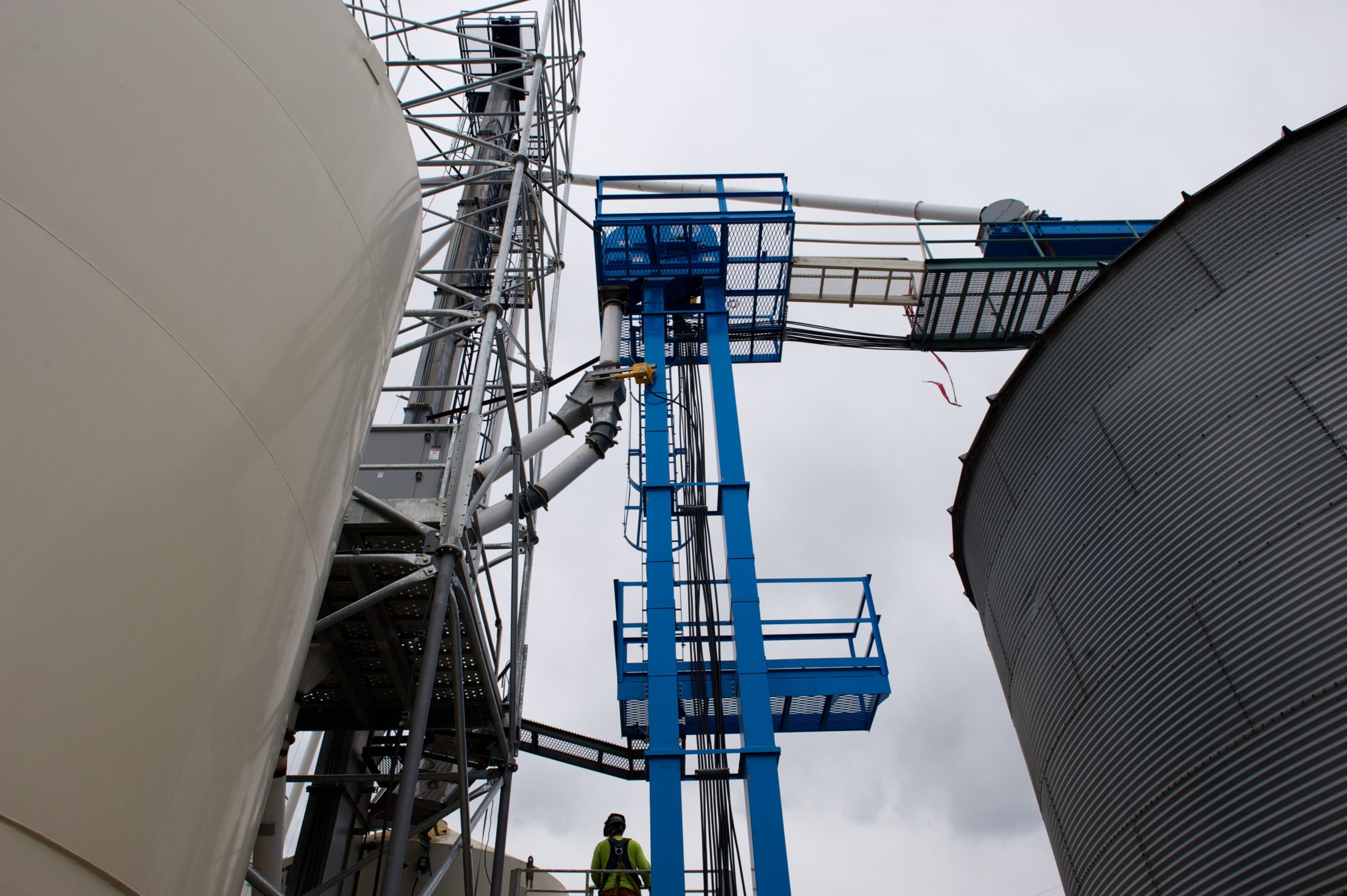The size of your particles can have a major bearing on the overall accuracy of your animal feed. If your particles vary too much in size and shape, they won’t mix as evenly as larger particles sink to the bottom and larger particles rise to the top. This reduces the accuracy of your feed, which means components may be more nutritious than others. Your animals may not get access to the same nutrients, which will likely disrupt your production goals.
Learn more about the relationship between feed mill particle size and feed mixing accuracy.
Why Size Matters
The goal of any feed mill facility is to produce a uniform and thoroughly mixed product. This means every serving of feed contains roughly the same proportion of nutrients and minerals. Having an accurate and thoroughly mixed feed will improve the health and wellbeing of your livestock. They will get access to the same nutrients with every bite they take.
If your particles are dissimilar in size and shape, they will behave differently during the mixing process than they would if they had the same proportions. Larger particles weigh more than smaller particles, so they will likely sink to the bottom of the feed container as smaller particles rise to the top, especially if you are adding fluids during the mixing process.
You will also have to worry about settling if your particles vary too much in size and shape. Even if your feed looks homogenous after the mixing process, larger particles will likely settle at the bottom during storage, decreasing the accuracy of your products.
Larger particles can also disrupt the feed mixing process. They can clog the paddles in the machine as they stick to one side. Smaller particles tend to have an easier time moving through the chamber of the mixer, improving the homogeneity of your feed.
How Proper Grinding Can Help
This shows us the importance of making sure your particles are uniform in size and shape before mixing them. If some particles settle as others rise, you may have to grind the mix a second time or run it through the mixer again.
To improve the accuracy of your feed, focus on quality assurance throughout the production process. Evaluate your ingredients before mixing them to make sure they are the proper size. If some particles are larger than others, you may want to grind them up again before putting them in the mixer.
It’s best to use a highly efficient grinding system so that the particles are as close in size and shape as possible. Some grinders release particles before they’ve been whittled down to the proper size. That’s why it’s important to maintain your feed mill grinder. Check the plates and screens to make sure the machine thoroughly grinds down your products.
The Buhler Multi-Impact Hammermill will help you keep your particles the same size and shape, which will speed up the mixing process. The Speedmixer can also help you improve the accuracy of your feed. The blades create a shearing action during the mixing process which helps you further refine individual particles that may be too large. With the right feed mill equipment, you can quickly move your ingredients through the production line without worrying as much about settling, poorly mixed feed, or endangering the health and safety of your animals.
Contact the professionals at Halverson Company to learn more about the feed mill construction process and improve the quality of your feed today.

